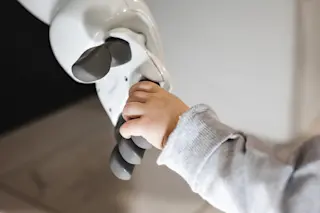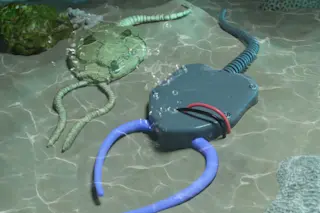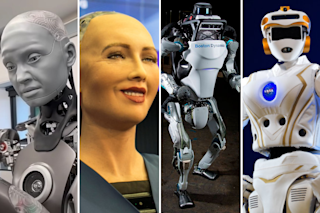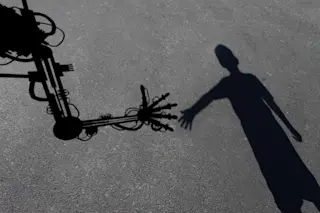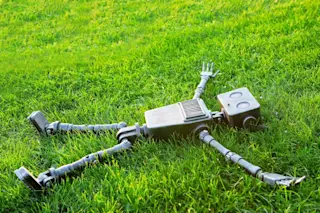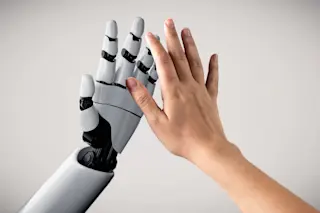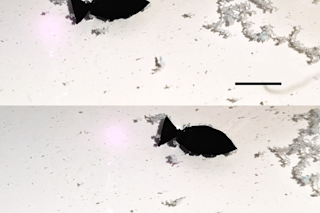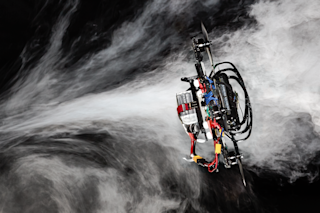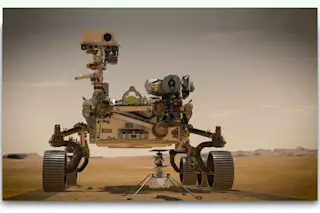To create a new material, re-searchers often start with a known one, knock out an atom or two, and see what luck brings. Because the number of possible combinations of elements is vast, such operations can take an entire day in the lab.
To quicken the pace of discovery, physicist Xiao-Dong Xiang and chemist Peter Schultz at Lawrence Berkeley National Laboratory developed a technique for making and testing up to 10,000 new combinations at the same time. Xiang and Schultz take a one-inch-square grid and spray on it layer upon layer of different substances in a variety of concentrations. The trick, of course, is to get each substance to land precisely on predetermined points on the grid. To accomplish this, they use stencil-like masks similar to the ones engineers use to imprint electronic circuits on microchips. At each point on the grid, different combinations of substances overlap and react with ...



